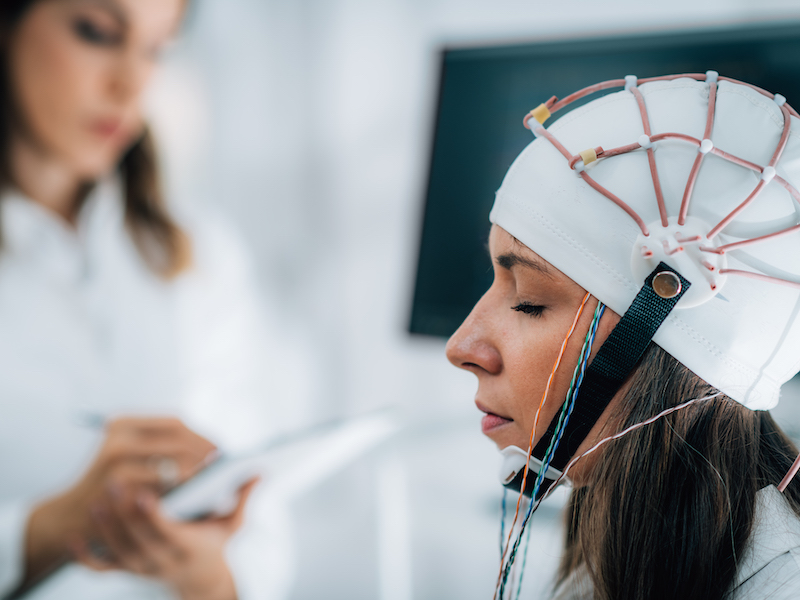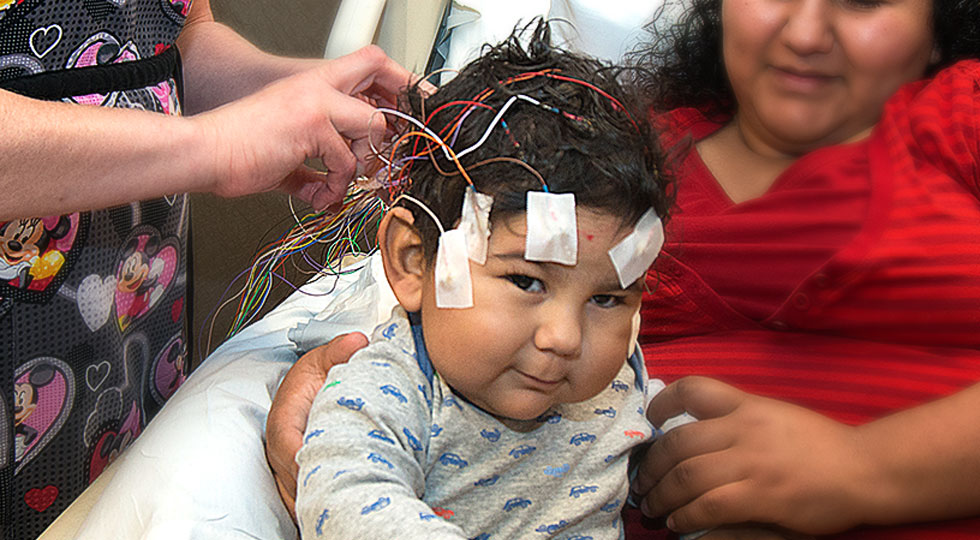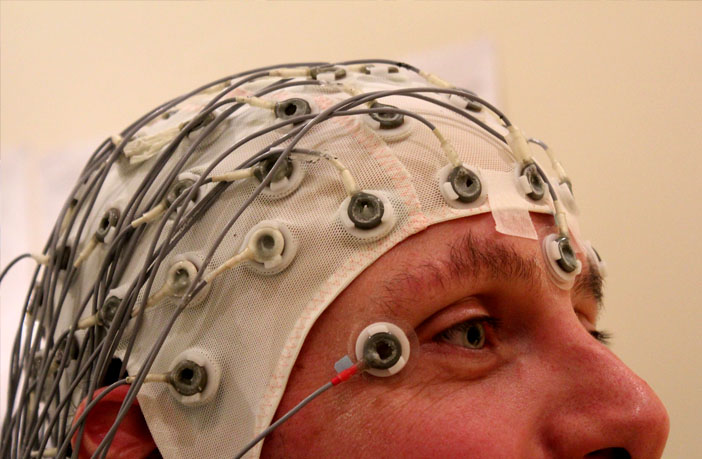

EEG uses small sensors, known as electrodes that are placed on the scalp. It is a non-invasive monitoring method that records the patterns of electric impulses through which brain cells communicate. An EEG evaluates the electrical activity of the brain. Conclusions: These findings suggest that resting frontal EEG asymmetry is correlated with powers in different frequency bands, and may be an endophenotype for schizophrenia spectrum disorders.ĮEG asymmetry reliability resting state schizotypal traits. EEG test cost in India ranges from Rs.1000/- to Rs.3500/. However, this correlation was no longer statistically significant after the total SPQ score was controlled. Additionally, the reduced left relative to right frontal gamma and beta2 asymmetry was correlated with the participants' verbal fluency ability.

Results: A higher total score on the SPQ was correlated with reduced asymmetry in different frequency bands: gamma and beta2 frequency bands at baseline, and delta and alpha frequency bands three months later. Methods: We used the Schizotypal Personality Questionnaire (SPQ) to assess schizotypal traits, and examined the correlation between these traits and resting EEG frontal asymmetry (left-right) in 52 college students, as well as the reliability of this correlation over a three-month interval. 7,19 The majority of the acute EEG abnormalities described above resolve by 3 months, and 90 resolve within 1 year of the head trauma.

You will receive a log to write down anything unusual that occurs during the test. The test begins as soon as you leave and lasts until the disks are removed. You will receive instructions about what you should and should not do during the test.

You may wear a cap or a scarf over this to cover it up. The technologist will wrap gauze around your head to cover the wires and disks. Wear the pack around your waist or over your shoulder. This weighs about three pounds and is carried in a pack. Wires connect the disks with a small computer that you will take home. During an ambulatory EEG, the technologist will put small metal disks on your scalp, held in place by adhesive. Ambulatory EEGĪn ambulatory EEG may take one to four days, depending on how much information your physician needs. At the end of the test, the electrodes will be removed and the paste wiped off.Ī routine EEG lasts about 60 to 90 minutes. The technologist may ask you to take deep breaths and show you flashing lights. This makes sure that the machine only picks up brain waves and not other movement. When the test starts, you will need to keep very still and keep your eyes closed. Small metal disks (electrodes) will be placed on your head using a creamy paste to keep them in place. The technologist will ask about your medical history, measure your head and clean your scalp. If you have epilepsy, your EEG test results may show abnormalities in your. Routine EEGĭuring a routine EEG, you can lie down on a comfortable bed. These electrodes will watch and record the electrical activity inside your brain. A routine EEG typically lasts 60 to 90 minutes an ambulatory EEG can last up to four days depending on how much information your physician needs. The EEG can also show where in the brain these changes occur. Brain activity may change with certain conditions or after an injury. An EEG is a test that records brain activity. It can also help in planning your treatment. The EEG helps your physician diagnose your condition.


 0 kommentar(er)
0 kommentar(er)
